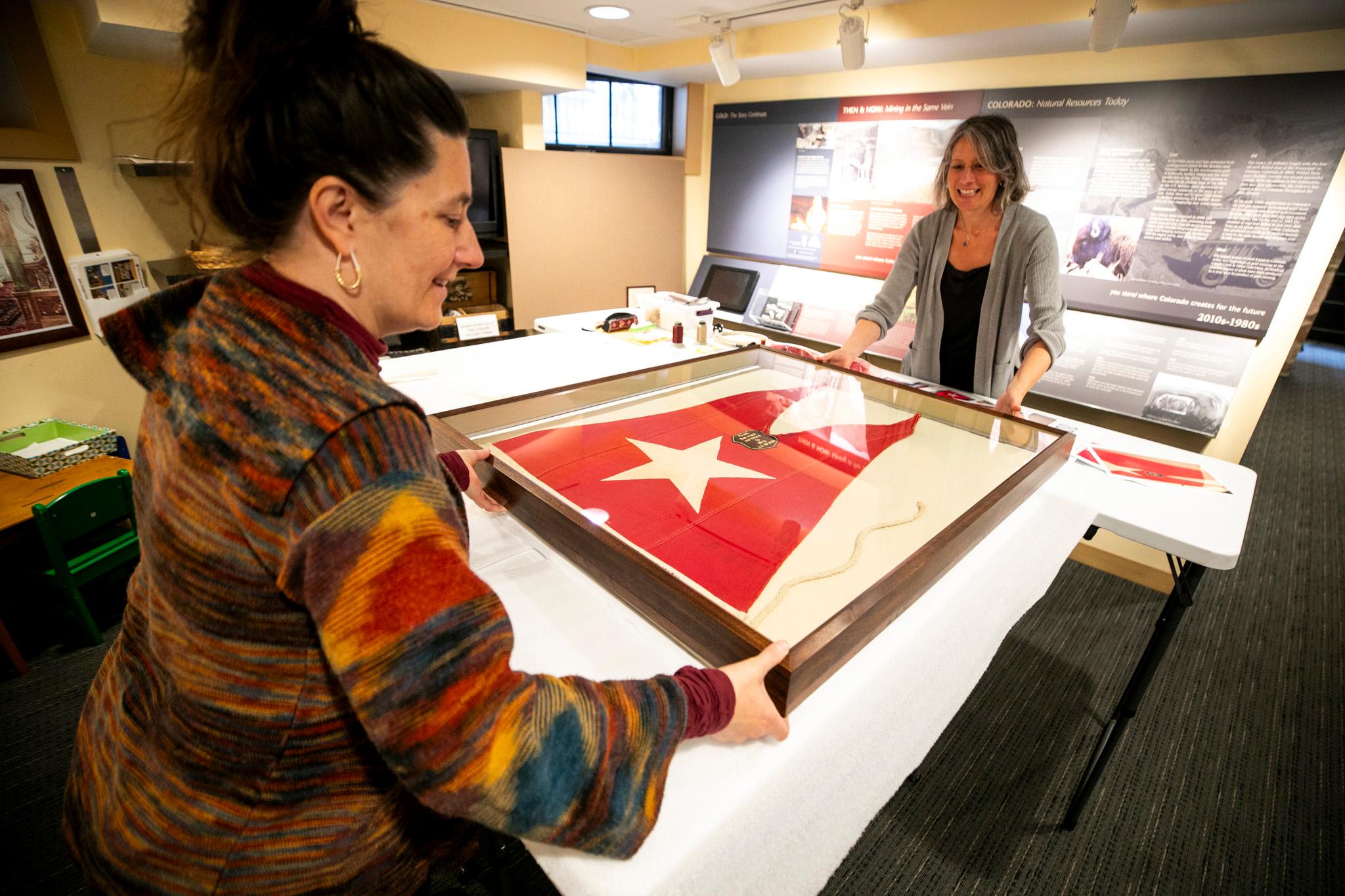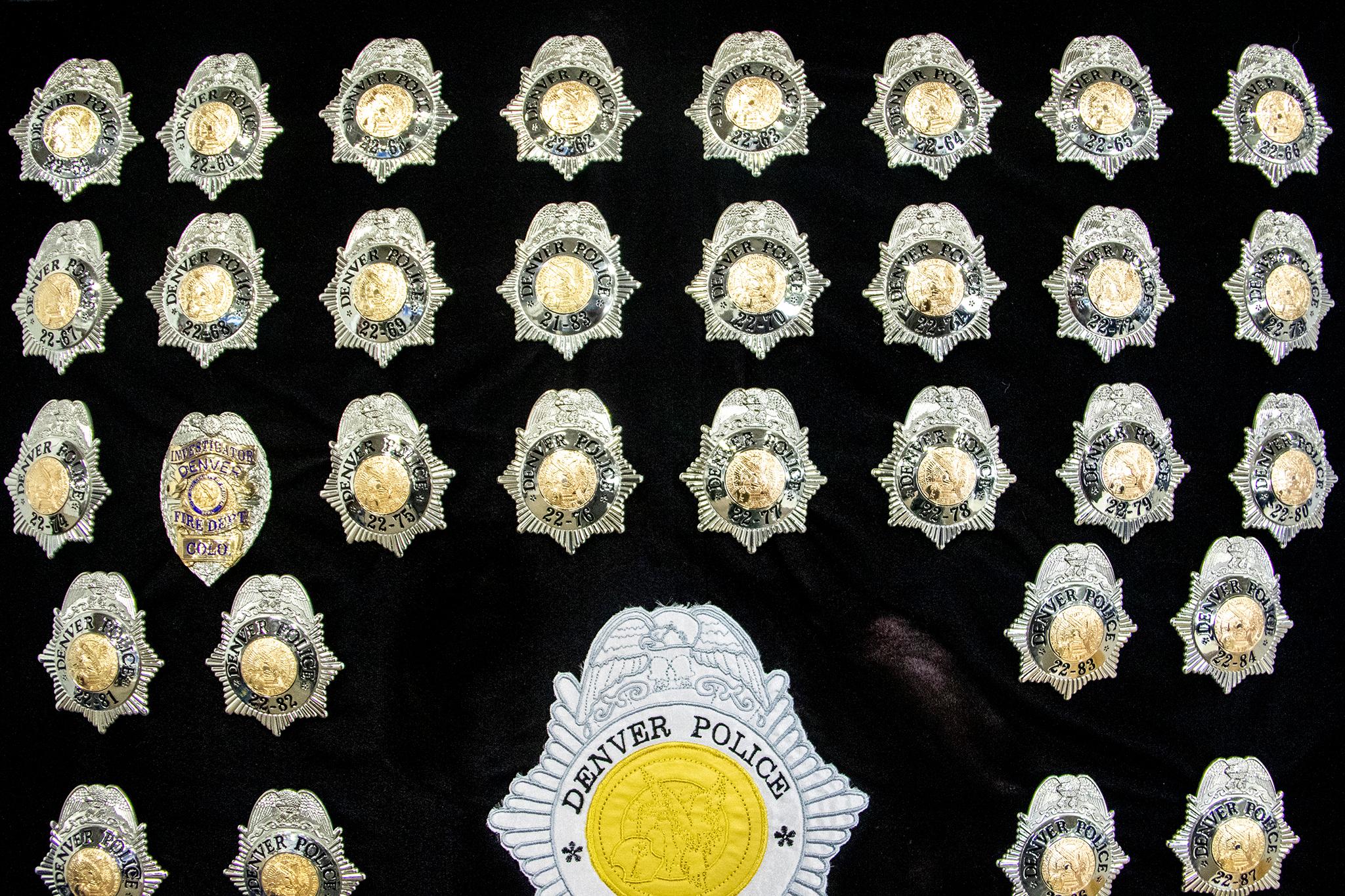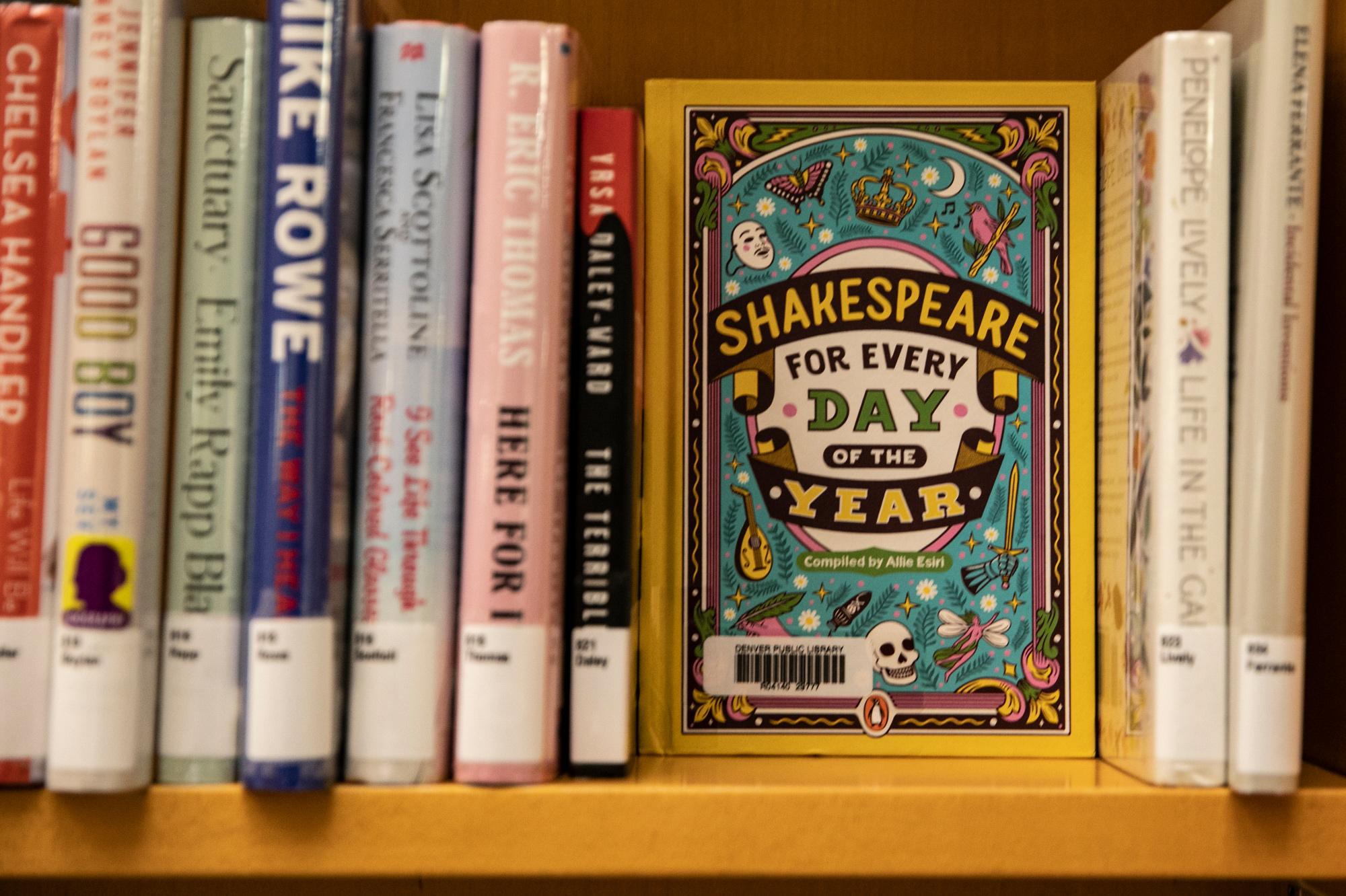Molly Brown is remembered today for surviving the Titanic’s run-in with an iceberg in 1912. But the keepers of her “unsinkable” legacy want to remind the world that her role in the aftermath of that disaster was so much more active.
Brown, a wealthy socialite, realized the crew and impoverished immigrant passengers who made it off the doomed vessel would be left with ruined lives without help. Before she’d even stepped off the rescue boat, she’d begun organizing a fundraising effort to help them move past the traumatic moment.
That’s the subject of the Molly Brown House Museum's new exhibit, “See Justice Done: The Legacy of the Titanic Survivors’ Committee,” which opens on April 10. It’s one of two experiences on offer this season that explores the history and ongoing intrigue into the sinking that killed 1,500 people, 112 years ago this month.
The second, “Titanic: An Immersive Voyage,” opens at Exhibition Hub Art Center Denver on May 7. The event is billed as a time-traveling experience, with “life-sized recreations of rooms, immersive video animations, and 3D views place you onboard the ship as a passenger.”

Before you ask: Yes, organizers say these two events will coexist just fine.
The press team for the Molly Brown House (and Historic Denver, its parent organization), did move up some announcement dates to make sure their exhibit didn’t get lost in the shuffle when news about the immersive experience hit the city.
But Stephanie McGuire, collections curator at the museum, said the dueling events might complement each other.


“They both are going to be their own unique experiences,” she said. “Here, you're going to find you're rooted in this space … where you're going to feel a more personal connection to a Denver-specific Titanic story.”
John Zaller, executive director of Exhibition Hub, which is putting on the immersive show, told the Denver Post that his exhibition will be bigger, in scope and execution, and will feature multiple storylines and special focus on “those final moments after the Titanic struck the iceberg.”
'See Justice Done' is fueled by two new additions to the Molly Brown House’s archive.
The first is a letter that Brown penned just a few weeks after the disaster, while she was staying at the Brown Palace Hotel. Her home, McGuire said, was probably being rented out at the time.
McGuire said Brown was interviewed on the RMS Carpathia rescue ship, soon after the sinking. She was harried in that moment, consumed by the grief and loss around her. But the mood had lifted by the time she penned this letter, finally explaining to her daughter, Helen, what had happened.
“Her wit is coming back and it's less traumatic at this point,” McGuire said, “and she's saying things like, ‘Well, I've been brined, pickled and salted, and now I'm high and dry.’”

More than a lens into Brown’s inner life, McGuire added, it helps nail down some key details about how Brown got onto the Titanic in the first place: She had not planned to board the ship, but needed to return home early from an expedition to Egypt when she got word her grandson was ill. The letter confirmed that part of the story, and revealed the kid was probably never that sick.
It also points to Brown’s discomfort with the fame that arrived with her survival.
“She finally writes to Helen and says, ‘This is what's going on. It's all going to my head. They're trying to call me the heroine of the Titanic. They're trying to petition Congress to give me a medal. I can't keep it all,’” McGuire told us.
Part of that resistance, McGuire added, was a recognition of her privilege, that she had a home to return to. Immigrants who climbed out of steerage had left all their worldly possessions on board, and would arrive in the U.S. with nothing. McGuire said White Star Line, the company that owned the Titanic, had a policy that withheld payment from crewmembers whose ships went down; some would not be able to afford trips back home to England.
It was that realization that spurred Brown to found the Titanic Survivor's Committee, which raised money to help those who lost everything.

“She couldn't wait to get home, so her work started on the Carpathia,” McGuire said.
That’s where the second artifact comes in, a red, two-pointed flag with a patch that reads “From the crew survivors to Mrs. J.J. Brown.”
McGuire said she’s seen no other documentation mentioning the flag, which was probably a gift given to Brown for her fundraising project. It’s proof that history is still emerging, even in a century-old story.
Why do we keep revisiting this disaster?
Andrea Malcomb, director of the Molly Brown House Museum and vice president of Historic Denver, said it’s likely because we wonder if we’d be as virtuous as Brown if we were faced with a similar calamity.
“I like to say it's a morality play, where each of us puts ourselves in that moment and tries to figure out, search within our souls, what would I have done in that moment? Would I be Mrs. Brown and would I be a heroine?” she said. “She said, ‘There are hundreds of people around me who just went through this disaster who, don't have the privileges and luxuries that I do. I need to help.’”
In Denver, particularly, Brown’s story lives on because the city needed heroes in the early 1900s. Denver had a bit of an inferiority complex, going back to its founding, as boosters tried over and over again to prove it was a world-class city. Brown was someone they could hold up as proof of Denver’s merit and prominence.


“It's how Denver says, ‘Hey, pay attention to us. Even though we're landlocked in the middle of the country, we have this direct connection to this Atlantic Ocean maritime disaster,’” Malcomb said.
Brown would go on to represent Colorado as a lifelong promoter of women’s rights. While she probably never fully embraced the “heroine” title, McGuire said she used it to push that quest forward, and continued to earn the moniker given to her on the deck of a rescue boat.
The name of the new exhibit comes from a Molly Brown quote that Malcomb said speaks to that long-held spirit of service: “She said, ‘Hundreds of lives were needlessly sacrificed in this great disaster. And I, for one, am eager to see justice done.’”
“See Justice Done: The Legacy of the Titanic Survivors’ Committee” opens at the Molly Brown House on April 10 and runs through Sept. 22. Tickets start at $17 for adults; $15 for seniors, military, teachers and college students; $13 for ages 6-18; and free for children ages 5 and under.
"Titanic: An Immersive Voyage" opens at Exhibition Hub Art Center Denver on May 7 and runs through July 6. Tickets start at $29.50 for adults; $25.90 for seniors, students, military and teens; and $22.90 for children ages 4-12.














